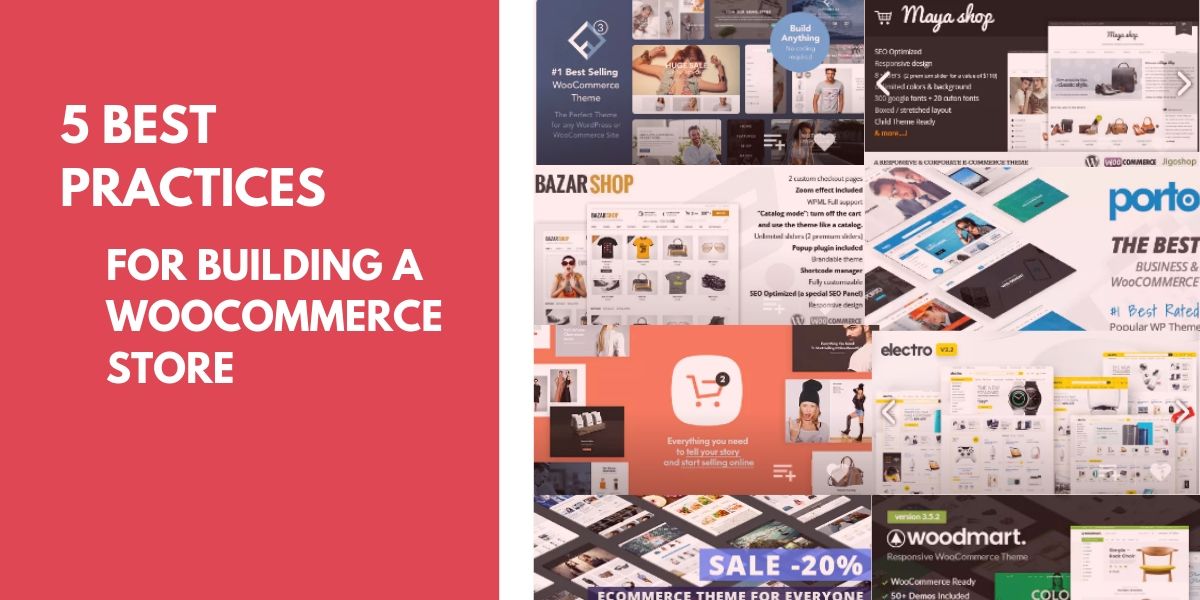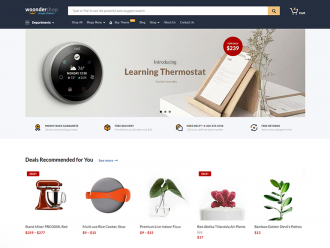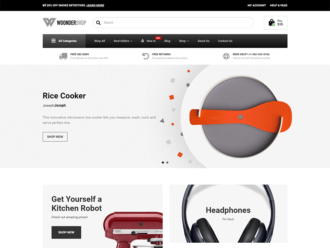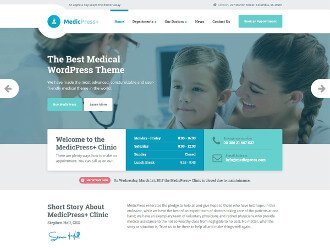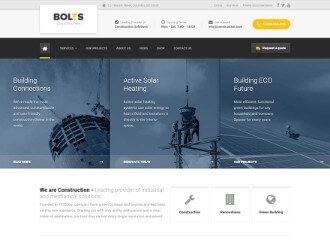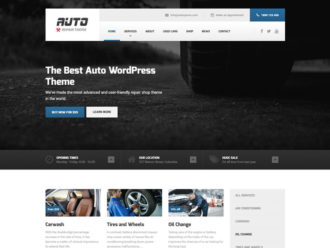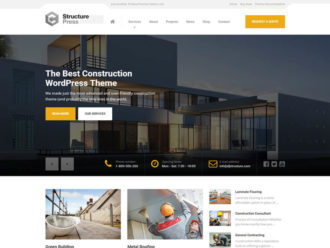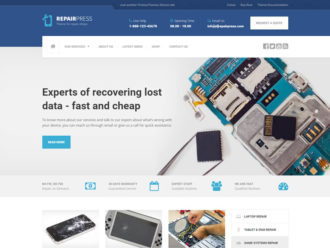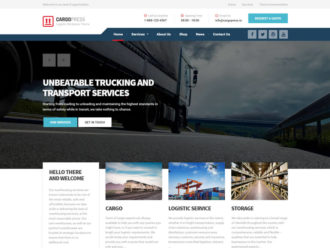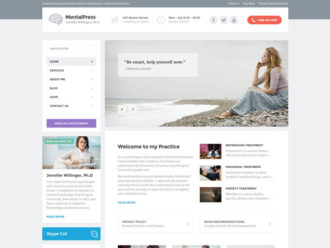If you are planning to launch an online store for your e-commerce business, you will be presented with a range of software options for building one.
The most popular and considered to be the most efficient way to build a website is by using WordPress platform, and to transform it into a shop, adding a free functional extension called WooCommerce. It has been used by over 13 million ecommerce store owners and operates on over 37% of all shops around the world, which makes it hard to deny its popularity and usefulness.
With WooCommerce, you can create a great shop, which could be used to sell pretty much everything, from simple physical goods to subscription memberships for online courses. By using WooCommerce, you can also manage such crucial operations like inventory management, sales tax management, shipping cost calculations, and so on.
WooCommerce is undoubtedly the leading online store-building technology these days, so the only question a ‘soon-to-be’ online store owner should ask themselves is what steps should they take to make the most of it?
Below are presented our list of 5 best practices for building a successful WooCommerce Store.
1. Rule No.1 – Web Hosting
None of the stores can work without web hosting, so it is crucial not only to acquire one, but also to choose the right provider.
In simple terms, web hosting of any website is its physical location on the Internet. It’s like a storage center, which keeps all the information from your website in one safe place, i.e. all the images, videos, messages, and the rest.
Web hosting service providers make sure that the server that holds your website’s information is kept is safe and connected to the Internet at all times.
The way web hosting typically works is that the service provider sells space on the server that’s required for the website to be working, i.e. how much space does the store owner need to keep all of their website’s data.
For example, if your website is built for providing customers with heavy downloadable information (music, videos, images, etc.), you will need more space on the server, compared to a website that providers its users with only readable information.
The ‘heavier’ content you place on your website, the more space you will have to purchase from the web hosting service provider.
As it has already been mentioned, web hosting provider ensures that your website is connected to the Internet, so that customers can visit it without any interruptions.
24/7 connectivity with no delays is a must these days, especially when working in such a competitive industry as e-commerce, where even a tiny delay might leave your potential customers’ dissatisfied, and they might never return to your website again.
2. Rule No.2 – SSL Certificate
Once you’ve chosen the right web hosting provider, it’s time to make sure that your website has an extra layer of protection, which is achieved by installing SSL certificates on your web server.
SSL certificates are small data files, which connect together with your organization’s details with the cryptographic key. In simple terms, SSL certificate installed on your website allows for a secure connection between the browser your customer uses to visit your website, and your website’s server (provider by the web hosting service provider selected in the Rule No.1).
This secure connection is absolutely necessary when it comes to processing your customers’ sensitive data on your website, such as credit/debit card details, login details, personal data, and so on.
In short, SSL certificates connect together:
– Website’s domain and a server name
– Company’s identity and its location
The SSL certificate must be installed onto the web server by the website’s owners so that it securely communicate with the browsers.
Once the certificate is successfully installed on your server, the application protocol will change from HTTP to HTTPS, where the ‘S’ stands for ‘secure’.
You can easily check if other websites that you visit on the Internet use secure connection – depending on the type of browser you are using and the type of certificate the website’s owners chose to use, there will be a green padlock illustrated next to the HTTPS protocol on top in the search bar.
The verdict is simple – if you want your customer to trust you with their payments and other personal data, you must install SSL certificate on your website, and ensure your potential clients’ secure browsing experience.
3. Rule No.3 – WordPress Theme
So in order to build a website, you need the ‘back-end’ and the ‘front-end’. In simple terms, the back-end is what your website is built on, its brains, it’s behind the curtains’ processes.
For example, how efficient is your website’s communication with the server? Will it maintain the same efficiency if at some point 100,000 new users come to your website? Wouldn’t it crash? These questions should be answered by your back-end architecture.
Meanwhile, the front-end of the website is what we see when we visit it – a great design or user interface (UI), the user flow or user experience (UX), and all other tiny bits and pieces, which make your website stand out from fierce competition. We could even argue which is more important these days to attract and retain new clients – front or back-end?
In order to make your website’s front ‘yard’ not only attractive, but also fully functioning there are two usual options: to make it custom made, which is quite expensive since it requires a special set of programming skills to be hired, or buy a pre-built theme, which can be relatively easily optimized with your WordPress and WooCommerce set-up.
Purchasing a pre-built WordPress theme is a much cheaper and quicker option if you want to launch your website as soon as possible and test your products/concept/target audience.
There is a great variety of WordPress themes online, each created with a special purpose – one might be more suitable for selling huge volumes of cheap products (small images, lots of options and features), while another one might be more suitable for selling low volumes of high-quality luxury products (large images, minimalist design, very few features).
It is therefore crucially important to choose the right theme for your website since it will have a direct impact on your customers’ experience, sales, and your business’s reputation in a long-run.
4. Rule No.4 – Checkout
Alright, so you have selected your web hosting provider, secured your website with the SSL certificate, and selected the best theme for your website to attract and retain the relevant audience.
Now let’s imagine your potential customer has gone through all the steps to like the product, add it to the basket, and is ready to purchase it, the last thing you want is for your checkout page to be flawed or not user-friendly.
According to the date from Barilliance, the 7 of 10 e-commerce carts are abandoned, so you can already feel the importance for your online store to provide your customer with a flawless checkout experience.
This flawless checkout flow consists of not only a good-looking design of your selected provider’s checkout window but also the following:
- Don’t forget to include trust badges around the checkout button, like PayPal secure payment, or major credit card badges. Trust badges can also be third-party trust and review sites. These help your customer trust that your brand will deliver on what they promise.
- Always be as clear as possible about your pricing policy, i.e. let the user know upfront about whether the shipping cost and any taxes are included/excluded from the product’s price
- Keep the checkout/billing form as simple as possible – collect only the most relevant information and try keeping it down to 1 page only
- Don’t forget to up-sell your products – WooCommerce provides an option to add a list of complementary products in the check-out, which substantially increases the average basket value. However, this should be kept to your cart page and out of the checkout flow- you don’t want distractions that pull your customer away.
- Last, but not least – make sure the design around your call-to-action buttons within the shopping cart and checkout page is as clear as possible so that the users can easily follow it and proceed with further steps. A great way to test this is squint-test. If you are looking at any page in your checkout flow, squint your eyes to make the page blurry. Your CTA should still be obvious if the page is well-designed.
5. Rule No.5 – Automated Email Marketing
So, if you have followed the first 4 rules you should have your website up and running by now, but before you begin your business operations, the most crucial thing to consider is your marketing strategy, and one of its branches in particular – email marketing.
Email marketing has always been recognized as one of the most popular and effective tools for marketing your products and letting people know about your business.
Fortunately, in order to surpass the fierce today’s competition, new companies have jumped to another level and created email automation, whereby emails are triggered by predefined actions taken by the website’s visitors.
Email marketing automation provides a whole list of benefits, such as:
- It saves a ton of time, and therefore enables business owners to spend their time more efficiently.
- It allows for segmentation of your audience and personalized content, which, as a result, makes people open their emails more often, visit the website, and drive up the revenues.
Below is the list of tactics, which can be used via automated email marketing to increase your customer acquisition ratio and boost your sales:
Welcome Emails
According to BlueHornet survey, 74.4% of visitors expect a welcome email after their subscription. If a customer signs up for your site or creates an account, a welcome email helps them trust you even more.
Additionally, welcome emails are responsible for 3 times higher click rate as well as generate 5 times higher revenues generated for the average business compared with all other email marketing tactics.
Automated email marketing enables you to set up custom made email templates, which will be sent out to your new subscribers automatically as soon as they provide you with their email address.
Isn’t it brilliant?
Cart Recovery Emails
This series of emails is aimed at customers who have their shopping carts full of not purchased items.
A recommended series of 3 cart recovery emails has been proved to encourage them to return to the abandoned shopping cart and proceed with the purchases.
This technique is surprisingly effective – the average conversion rate of the promotional newsletter is 0.17%, while the cart recovery emails hit an average order rate of 4.64%.
Moreover, it has been tested that a series of multiple cart recovery emails can generate 70% more orders than a single cart recovery email, which is another very important point to remember.
Order & Shipping Confirmation and Updates
If there’s any automated email workflow to set up, it’s order and shipping confirmation. These will go out automatically to let your customer know that their order has been received and is being processed or shipped.
These emails, in particular, are crucial to e-commerce, and help create a better relationship with your customers. Keeping the customer in the loop about exactly where their order keeps them happy.
Multiple Channels Integration
In order to compete with large companies these days you must stay visible at all times, which means that you must reach out to your potential audience through all available means – Facebook Messenger, SMS, text messages, emails, chatbots, landing page pop-ups, and so on.
All of the above-mentioned tools must be integrated into one smooth, complete user experience, so that the customer get acquainted with the product, hears its story, and becomes willing to purchase it.
It is widely known that the client doesn’t buy the product; the client buys the reason and the story behind it, its history, its values, its vision. All of this can be clearly and smoothly communicated by integrating multiple channels through your website’s automated email marketing strategy.
This will undoubtedly increase your visitors interest in your product, strengthen your current customer loyalty, reduce the number of abandoned carts, and help you upsell your not-so-well performing products.
All in all, launching an e-commerce store is not an easy task and it must be approached with great attention to the smallest details possible. Before even starting to think about reaping off its benefits, make sure you pay a great deal of your time to follow the above listed 5 rules, with each of them being equally important for the long-term success of your business.
